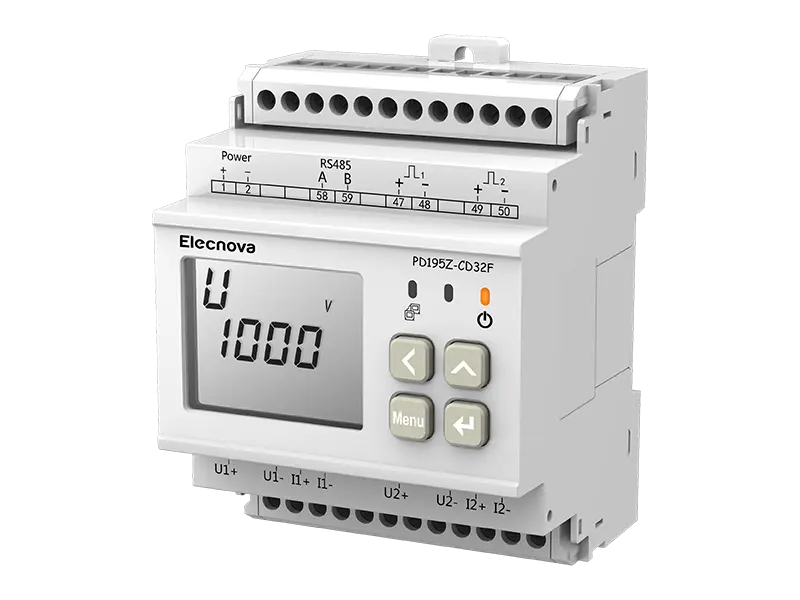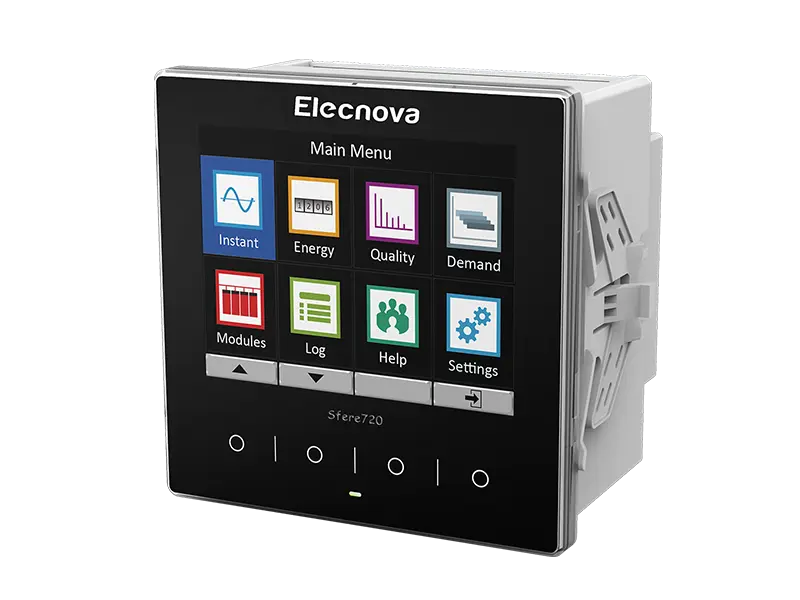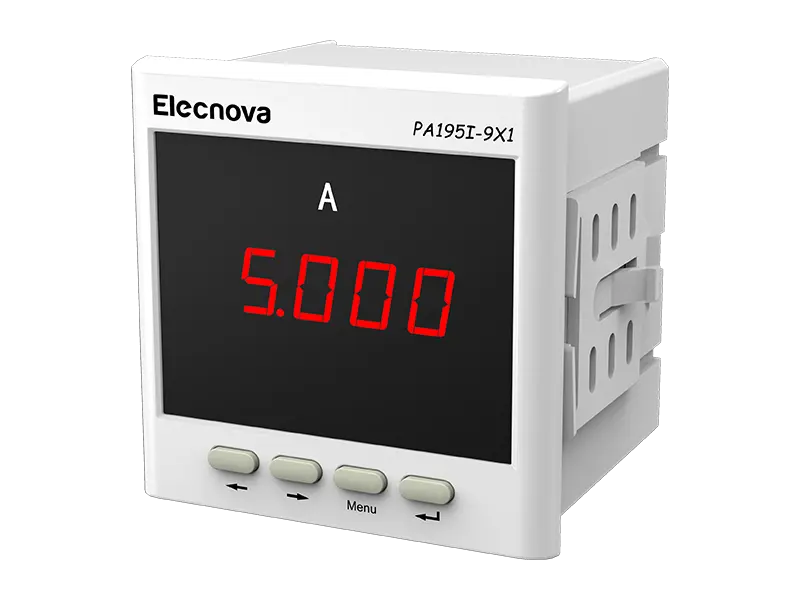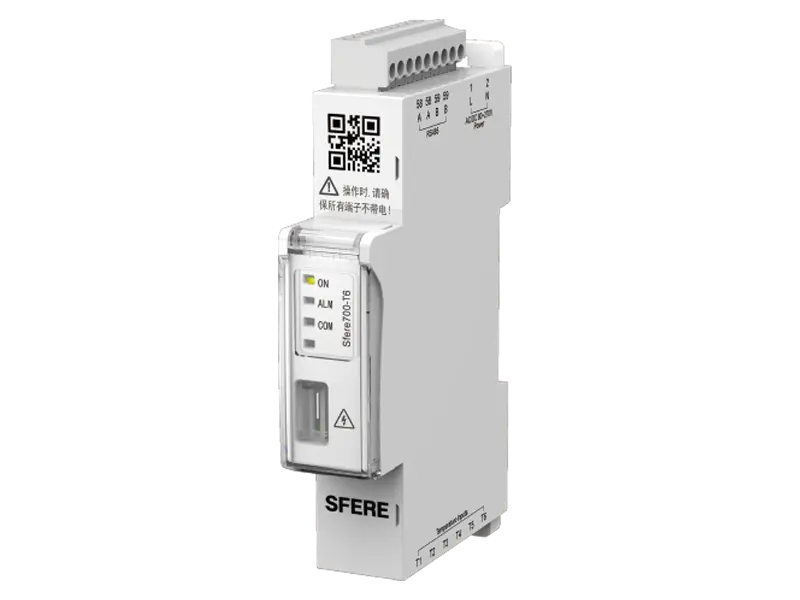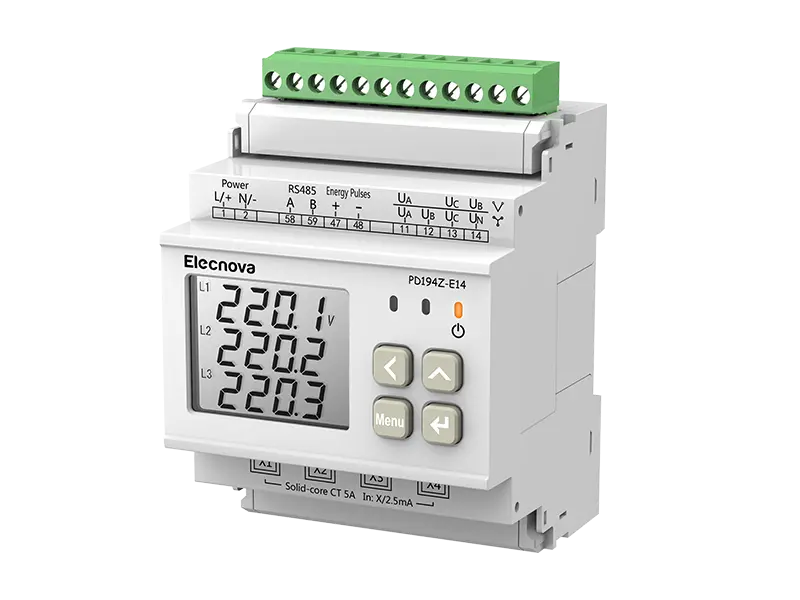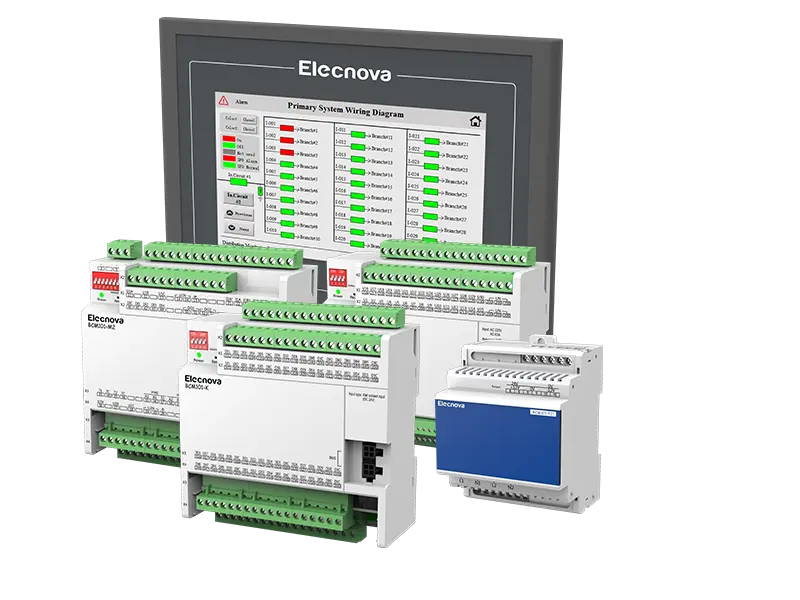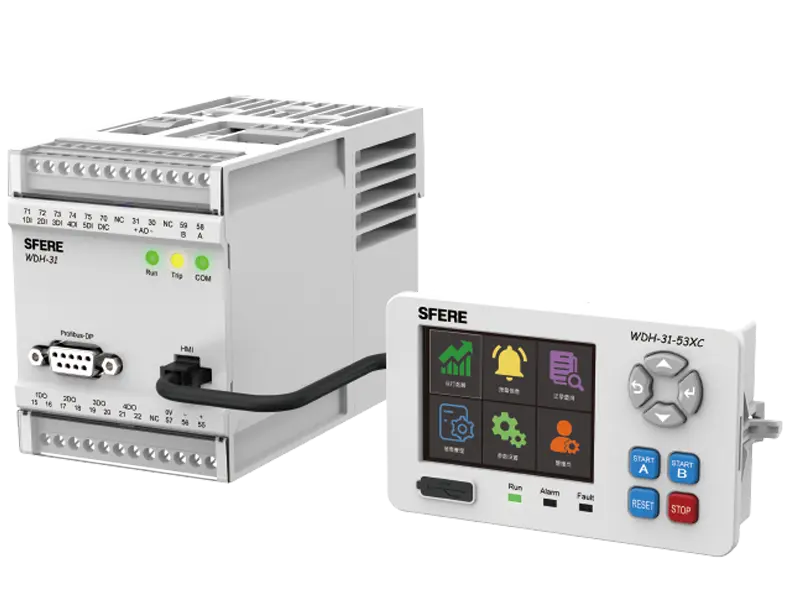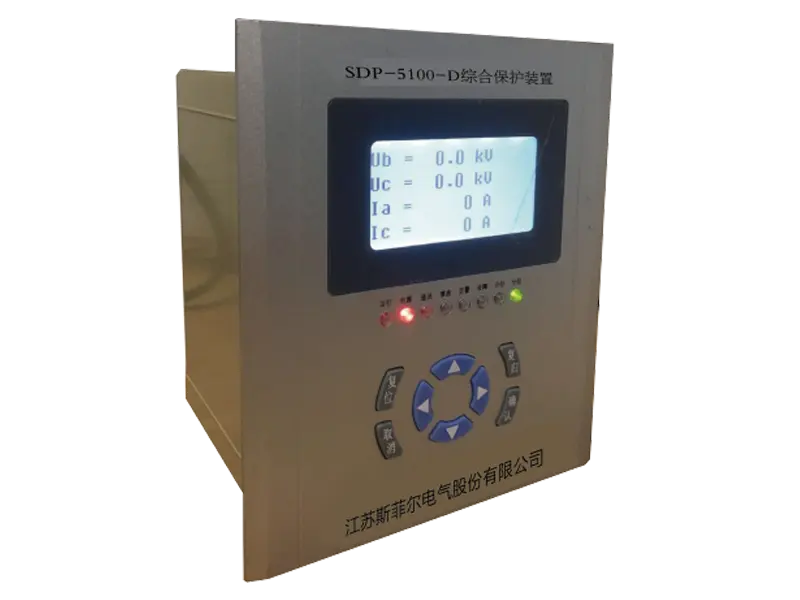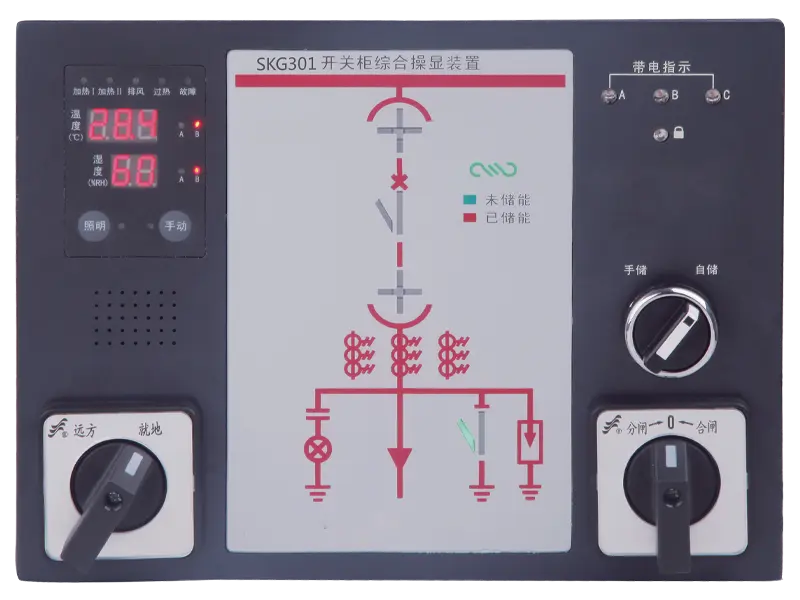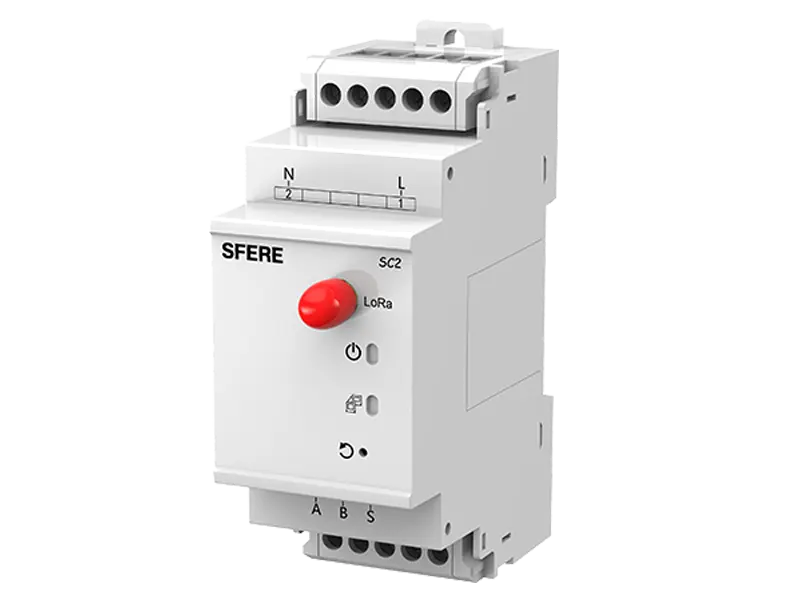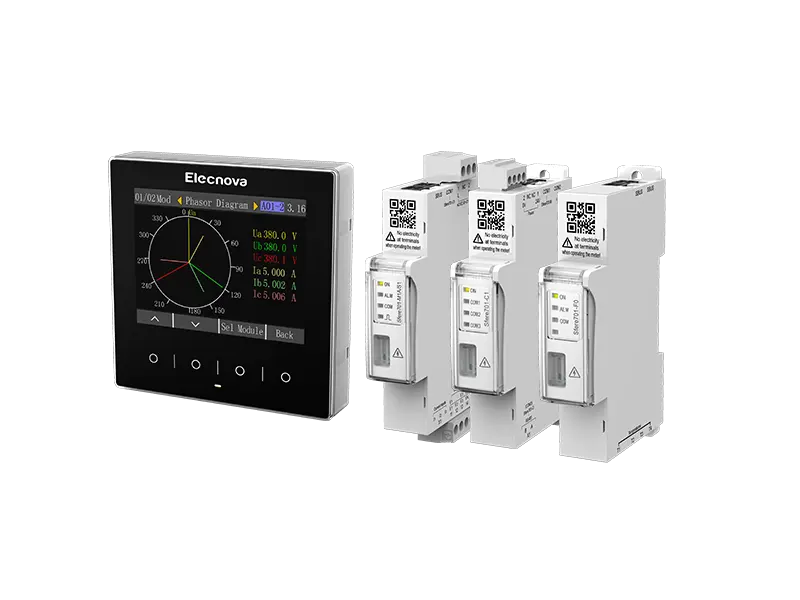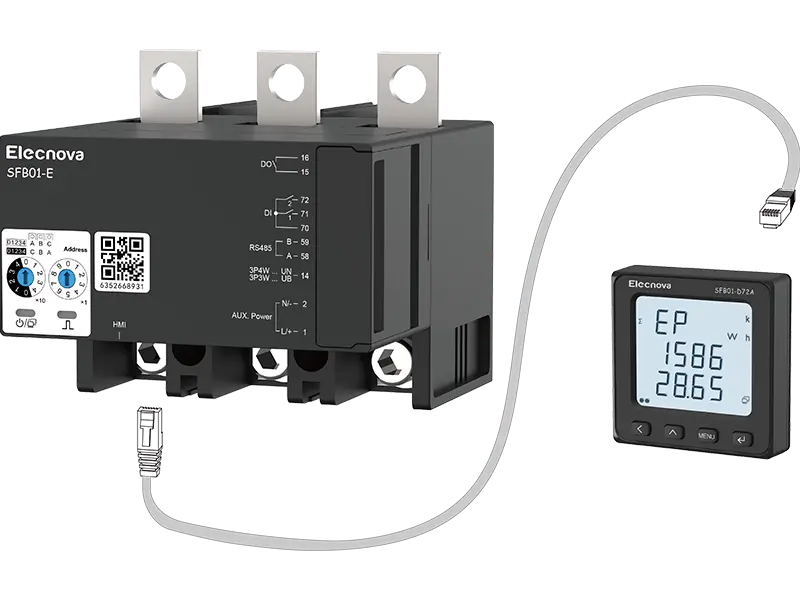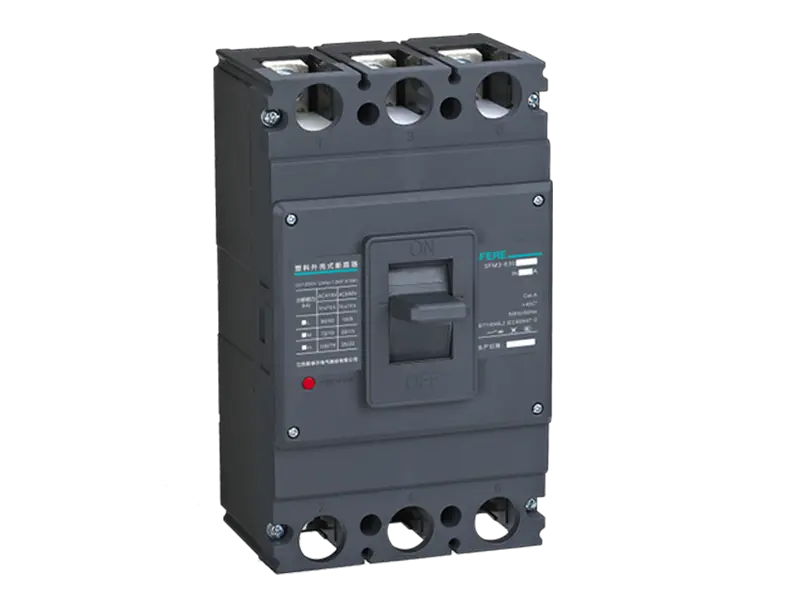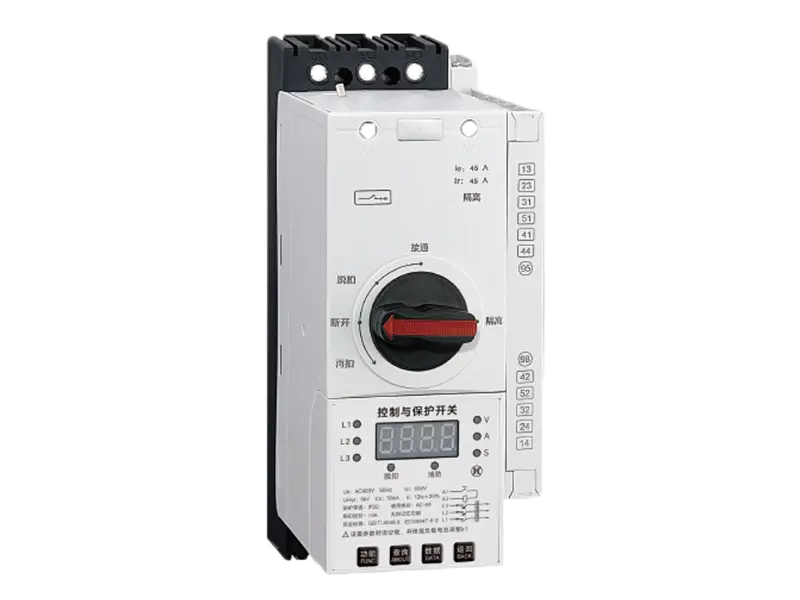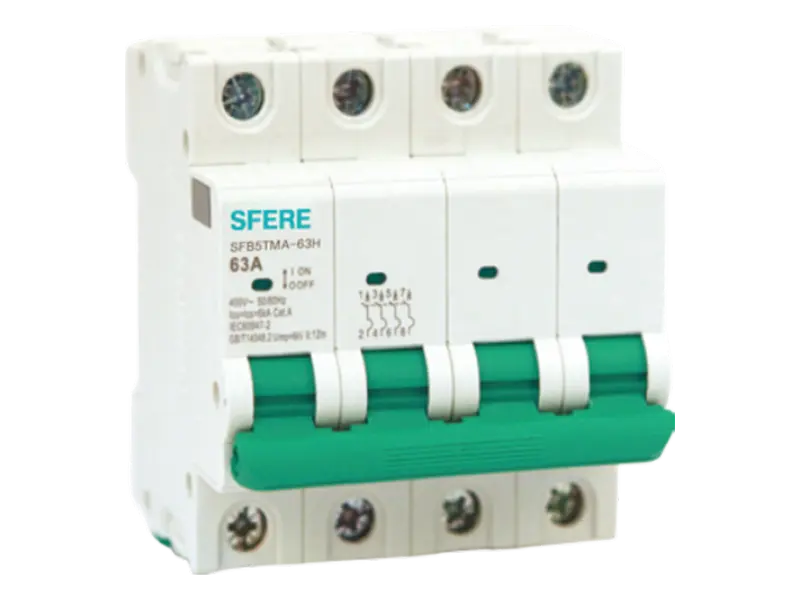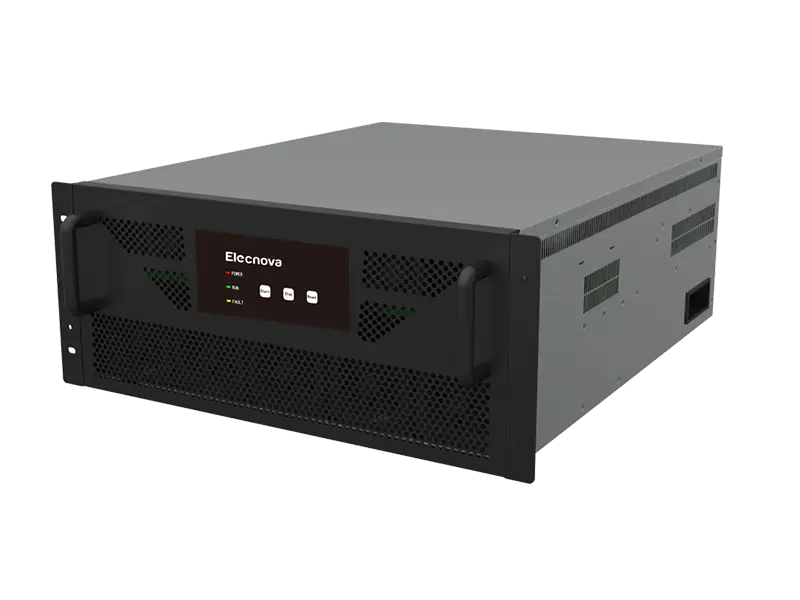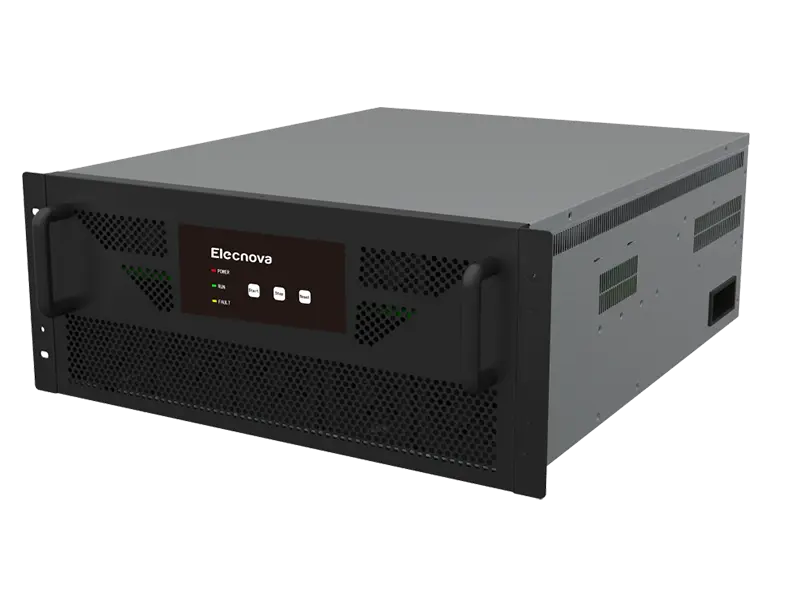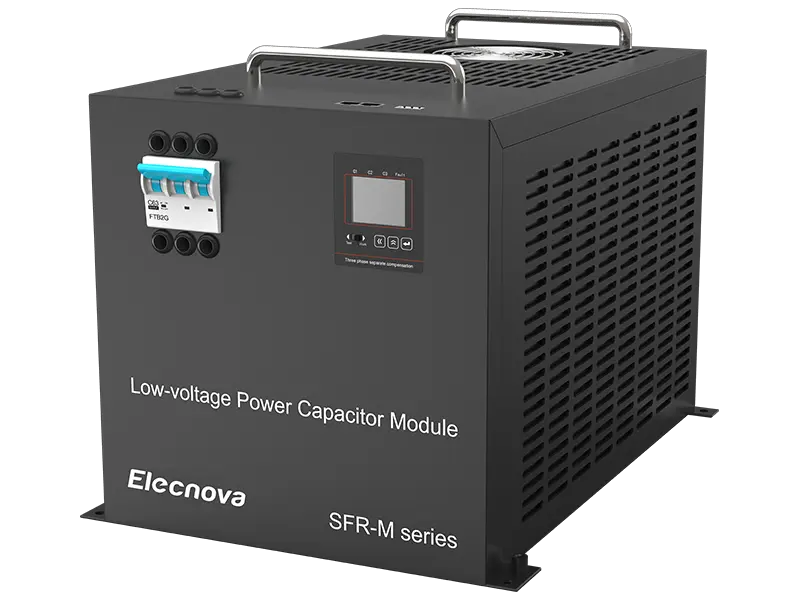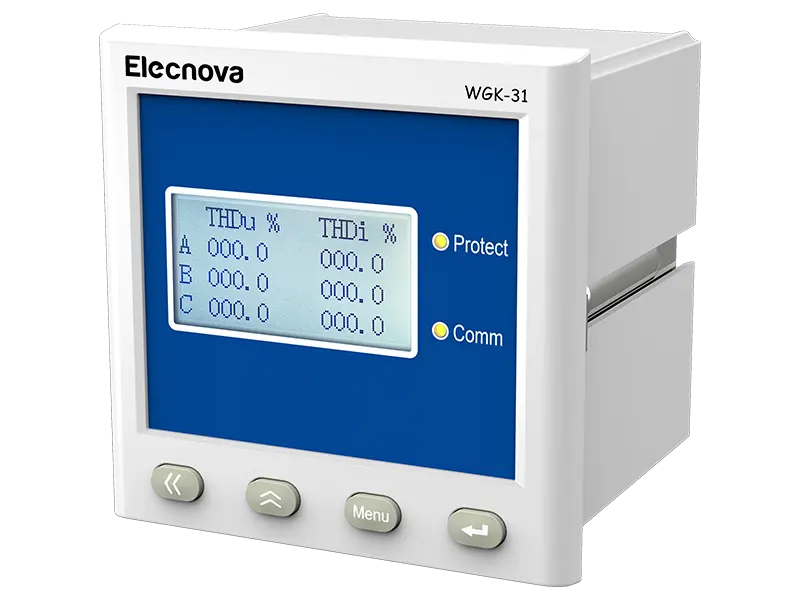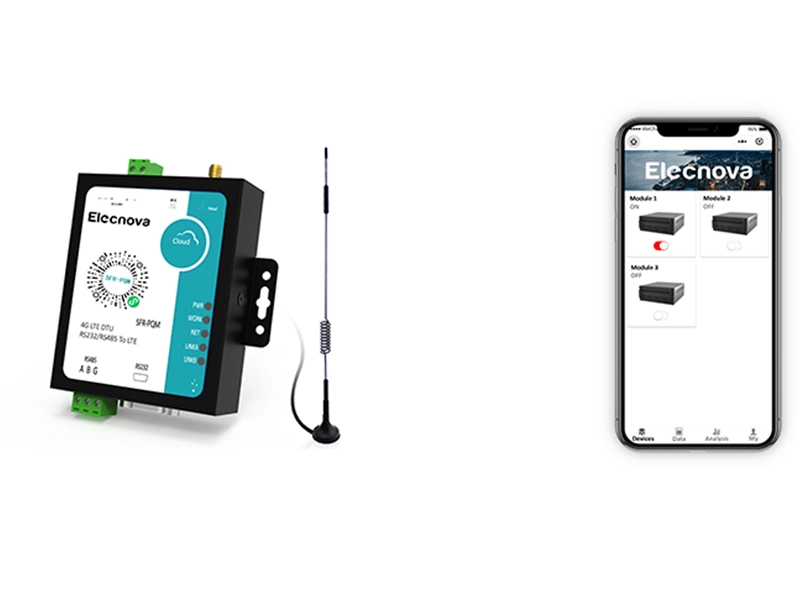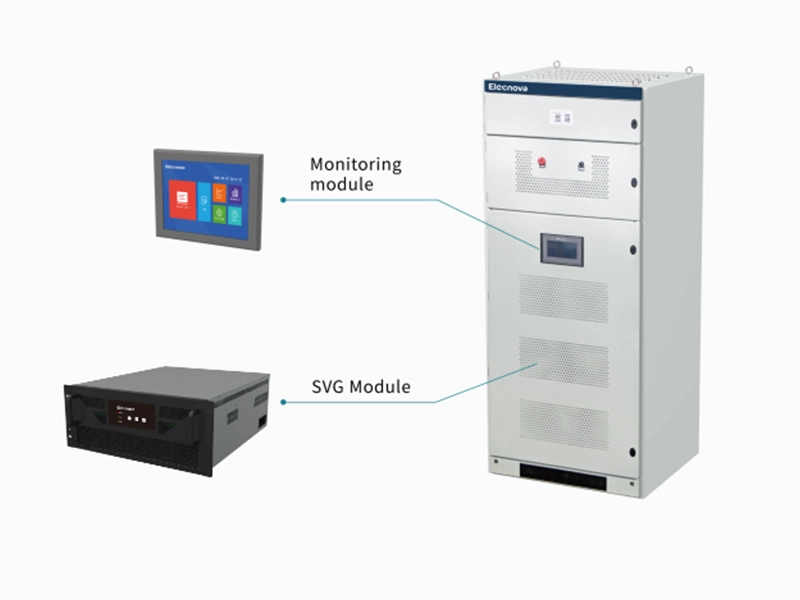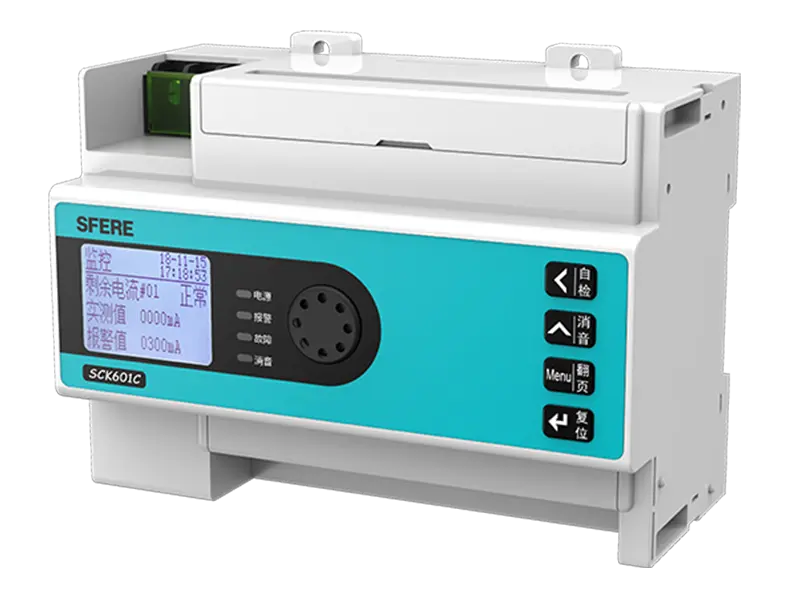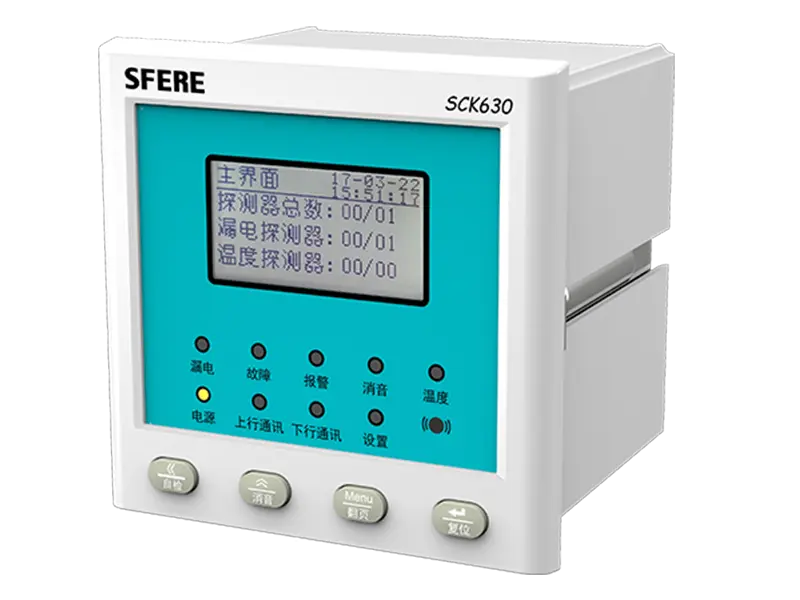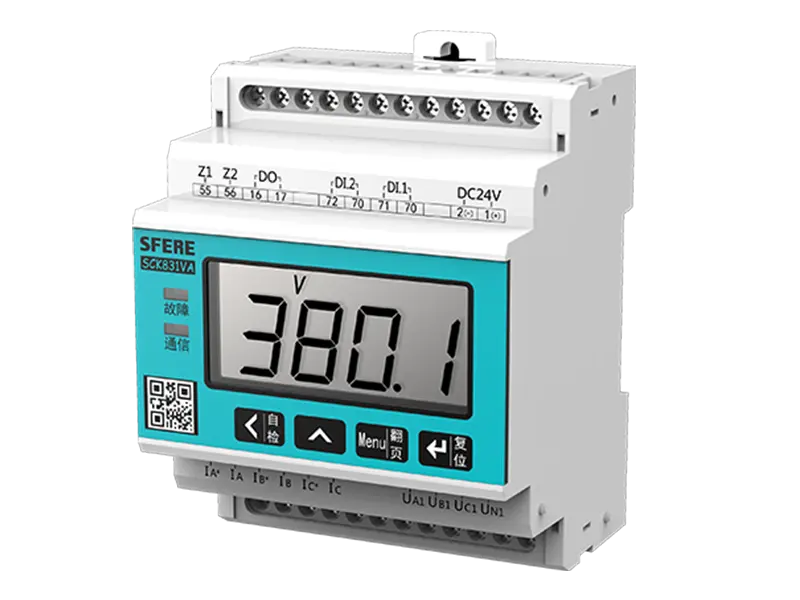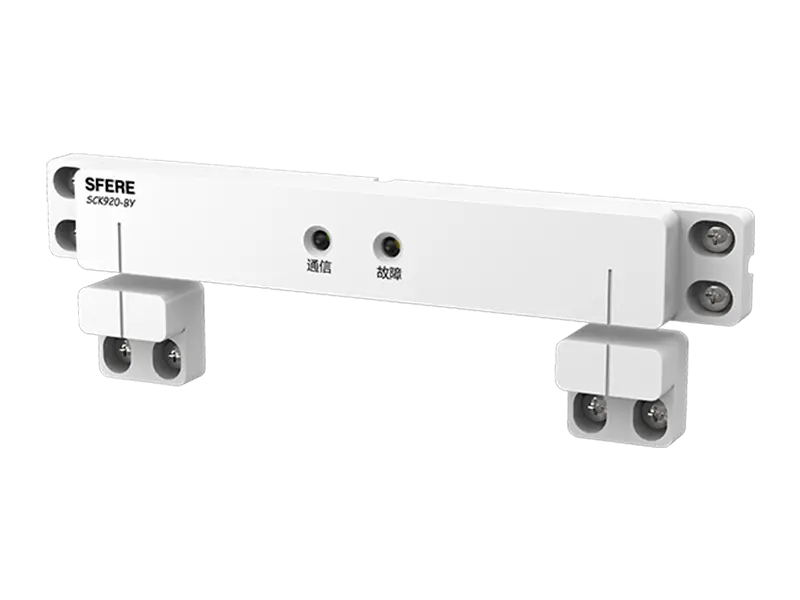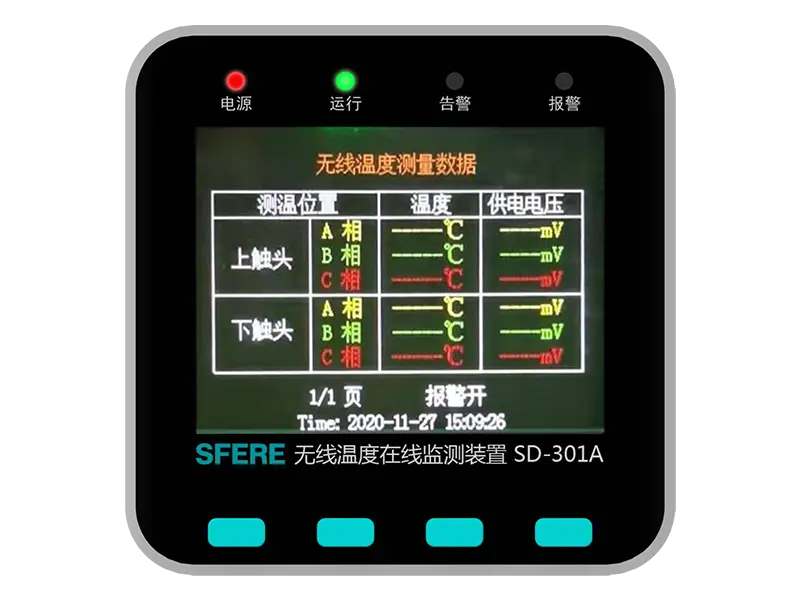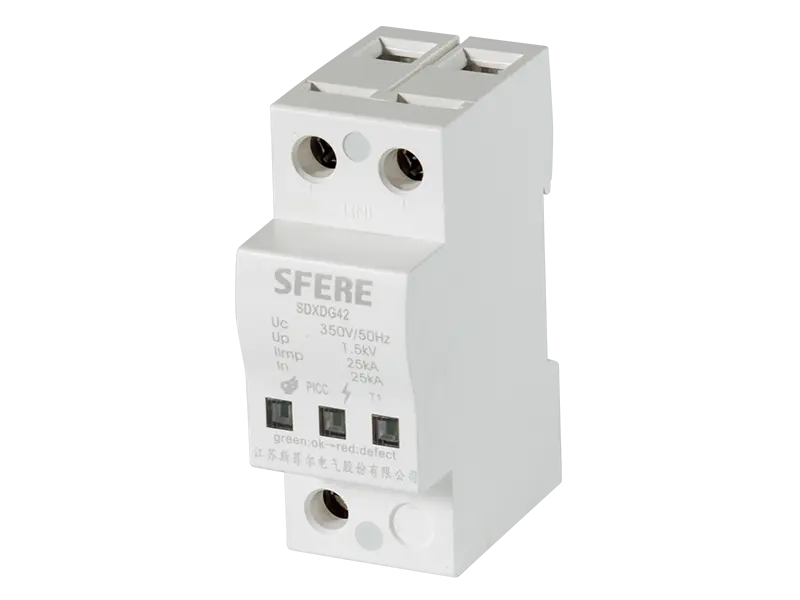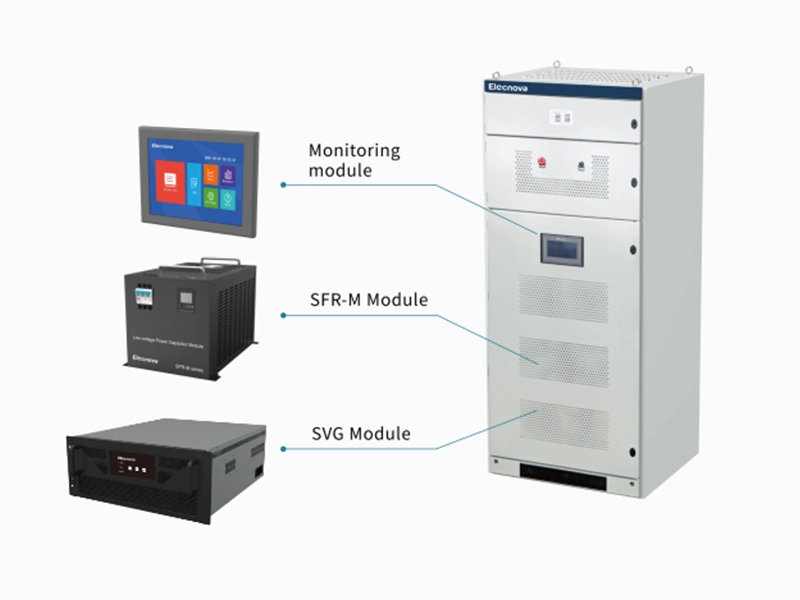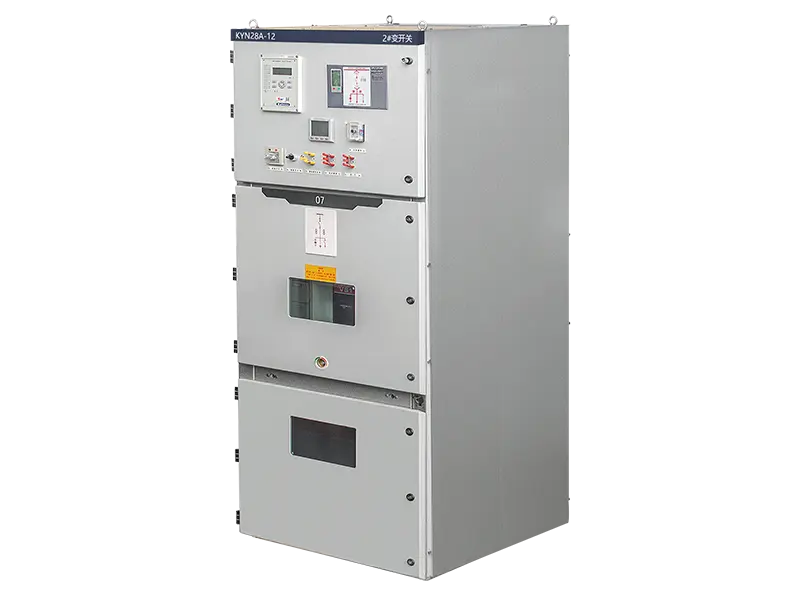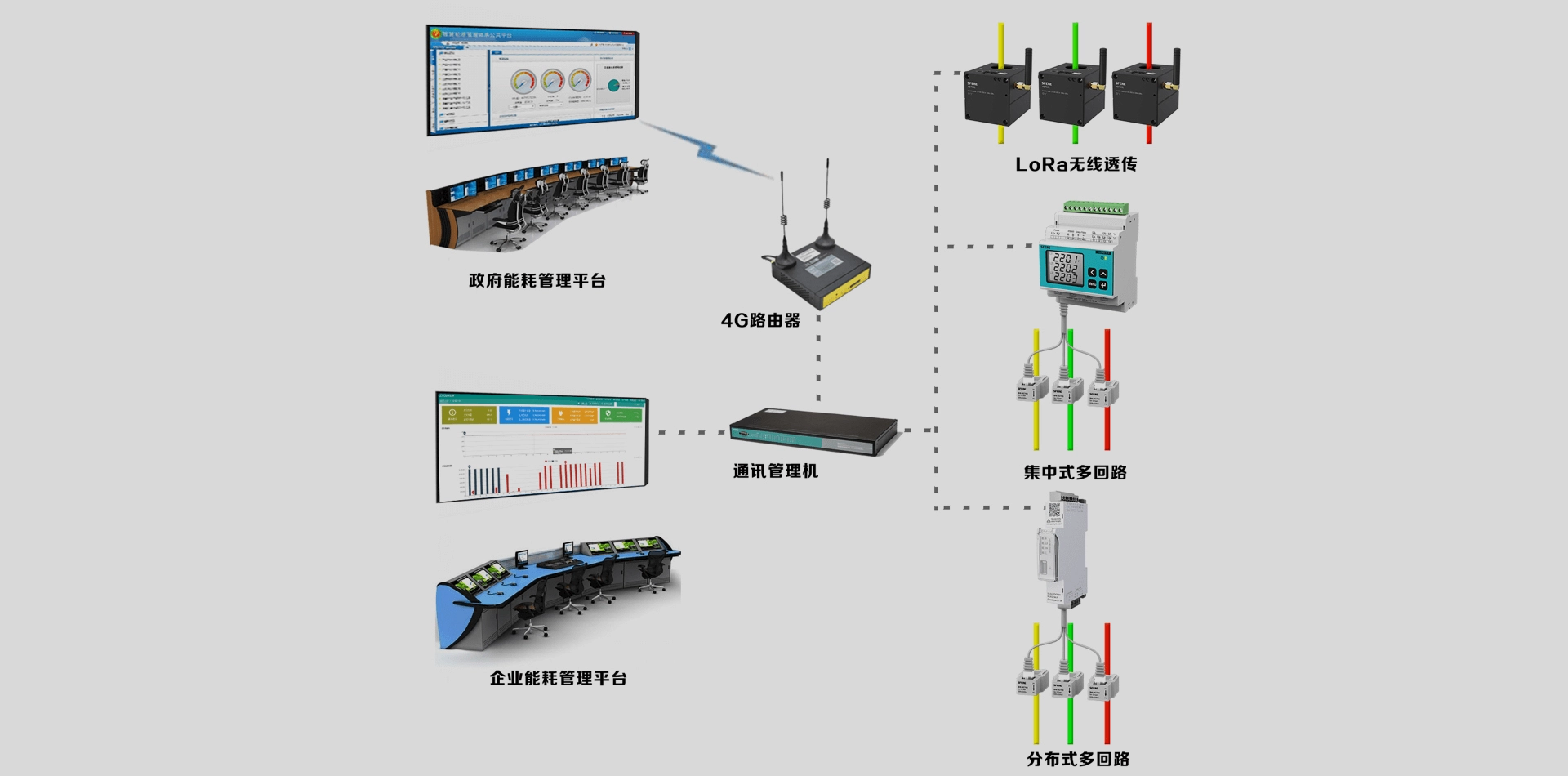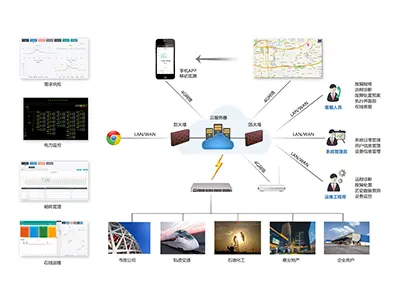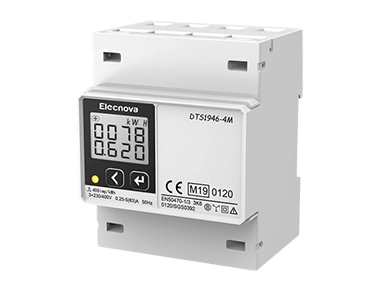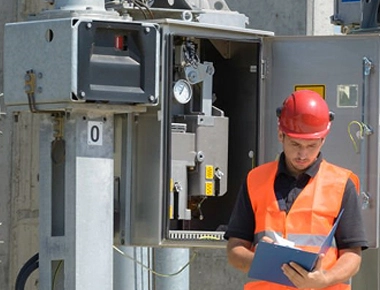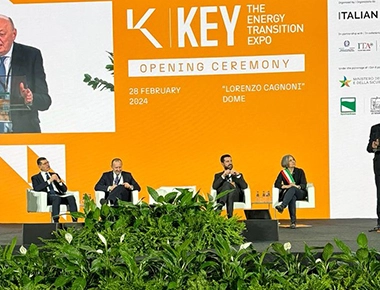Overview
With the economic development, the energy consumption of all kinds of offices, hotels, shopping malls, medical care, education and other buildings is increasing, and the refined management of energy consumption requirements has become a trend, which also responds to the national energy conservation and emission reduction policies. All departments and industries have accordingly launched such policies as Technical Specification for Energy Consumption Monitoring System of Public Buildings, Administrative Measures for Industrial Energy Conservation, and Hospital Power System Operation Management. Some local governments, including Shanghai, Jiangsu and Shandong, have also launched relevant policy documents and regulations. In the new round of power system reform, the power selling company introduced the market competition link, and proposed the assessment of the electricity deviation of the power selling company.
Energy consumption measurement equipment shall be installed first for energy consumption system transformation. Energy consumption monitoring points include high-voltage outgoing line side or low-voltage incoming line side, key load equipment or high energy consumption equipment. Since the problems of power failure, water supply failure and high cost are common on the site, which are the main factors affecting the implementation of project transformation, puncture mounted meters can solve the above problems, and have the advantages of convenient installation, complete functions and high cost performance. Centralized multi loop meter can be applied to low-voltage distribution cabinet, which has the advantages of space saving and low cost. The distributed multi loop meter can be used in the distribution box or distribution cabinet, which has the advantages of compact structure and on-demand configuration.
Reference Standard
GB 50189-2005 Design Standard for Energy Efficiency of Public Buildings
GB 15316-2009 General Principles of Energy Saving Monitoring Technology
GB 17167-2006 Guidelines for the Allocation and Management of Energy Measuring Instruments in Energy Using Units
GB 50034-2004 Standard for Lighting Design of Buildings
GB/T 13462-2008 Economic Operation of Power Transformers
GB50052-2009 Code for Design of Power Supply and Distribution Systems
GB50054-2011 Code for Design of Low Voltage Power Distribution
GB50189-2005 Design Standard for Energy Efficiency of Public Buildings
JGJ176-2009 Technical Code for Energy Saving Renovation of Public Buildings (Industry Code)
DG/TJ08-2068-2009 Engineering Technical Code for Energy Consumption Monitoring System of Large Public Buildings (Shanghai)
DGJ32/TJ111-2010 Technical Code for Energy Consumption Monitoring System of Public Buildings (Jiangsu Province)
DBJ/T14-071-2010 Technical Code for Energy Efficiency Monitoring System of Public Buildings (Shandong Province)
Wireless Collection Scheme of Energy for Puncture Installation
Scheme Overview
The enterprise is required to carry out refined management on the use of energy, and the government departments have formulated relevant energy management regulations for public buildings, universities, hospitals, industry and other industries. For example, the Measures for the Administration of Industrial Energy Conservation requires that the energy utilization report include energy consumption per unit product, main energy consuming equipment and process energy consumption. Therefore, energy consumption monitoring points need to be set up at medium and high voltage incoming lines, low-voltage feeders, power cabinets of main electrical equipment, etc.
Most power distribution systems adopt high-voltage double incoming lines or single incoming lines, and the high-voltage and low-voltage distribution rooms are not far apart or in the same distribution room. As the outlet side of the high-voltage distribution cabinet cannot be powered off, the open type transformer installation mode is adopted, and the low-voltage feeder cabinets are mostly drawer cabinets or fixed cabinets. The installation problems such as the inability to open holes and power failure on site, as well as the construction problems such as on-site wiring, etc.
In this scheme, PD194Z-E12/EC3 multi circuit meter is used for high voltage to monitor two main and standby incoming lines of high voltage at the same time. The secondary voltage in the high voltage PT cabinet is sampled for voltage, CT secondary circuit can be measured for current sampling, SDT13 puncture mounted meter is used for low voltage, LoRa wireless transmission scheme is used, and it can be uploaded to third-party platform systems such as enterprise energy consumption management platform or government energy consumption management platform through GPRS remote transmission module.
Scheme Design

Puncture mounted meter is applicable to the outgoing line side of low-voltage distribution cabinet, which can be installed without power off. The maximum diameter of the meter can be through 35mm cable, and the maximum current is 600A. The meter can use LoRa wireless transmission mode or RS485 wired mode. When the field environment cannot meet LoRa transmission, RS485 wired connection can be used. If splicing cable is used on site, single-phase meter acquisition scheme is recommended. This meter is applicable to the site without current transformer.
Scheme Features
Installation without power off:Convenient debugging and installation
Complete functions:Complete power parameter measurement, power quality, cable temperature, etc.
Wireless transparent transmission:LoRa wireless transmission improves project implementation efficiency and reduces cost

Scheme List
Component specification
Centralized Multi-circuit Energy Acquisition Scheme
Scheme Introduction
The enterprise is required to carry out refined management on the use of electric energy, and the government departments have formulated relevant energy management regulations for public buildings, universities, hospitals, industry and other industries. For example, the Code for the Setting of Energy Monitoring Points on the power demand side requires that the electric energy monitoring points are generally set at the power supply gateway and each branch circuit of the outgoing line of the substation (except for the standby circuit). When responding to the demand, it is necessary to monitor the power load of each load circuit in real time, and monitor each branch circuit to facilitate the itemized management and analysis of energy consumption data, Therefore, the energy consumption monitoring points can be set in the power distribution cabinet, which is characterized by many loops and relatively centralized, and convenient networking.
Most power distribution systems adopt high-voltage double incoming lines or single incoming lines, and the high-voltage and low-voltage distribution rooms are not far apart or in the same distribution room. As the outlet side of the high-voltage distribution cabinet cannot be powered off, the open type transformer installation mode is adopted, and the low-voltage feeder cabinets are mostly drawer cabinets or fixed cabinets. The installation problems such as the inability to open holes and power failure on site, as well as the construction problems such as on-site wiring, etc.
In this scheme, the PD194Z-E12/EC3 multi circuit meter is used for high voltage to monitor two main and standby incoming lines of high voltage at the same time. The secondary voltage in the high voltage PT cabinet is sampled for voltage, the CT secondary circuit can be measured for current sampling, and the PD194Z-E14 multi circuit meter is used for low voltage to monitor four three-phase circuits at the same time. The EC2 wireless transmission module can be selected on the site to summarize all collected energy data to the high voltage side, Upload to third-party platform systems such as enterprise energy consumption management platform or government energy consumption management platform through GPRS remote transmission module.
Scheme Design

PD194Z-E14 multi circuit meter is applicable to high and low voltage distribution cabinets and distribution boxes. External transformers are used. Different specifications of transformers can be selected according to the cable size and current size on site. The meter can be equipped with switching value module, LoRa wireless module and GPRS remote transmission module. This meter is applicable to the site where current transformers have been installed.
Scheme Features
Installation without power off: Realize on-site installation without power off, which is applicable to reconstruction projects
Multi-circuit measurement: High cost performance, measuring 4 three-phase circuit or 12 single-phase circuit
Modular design: Adopt modular design, functional modules can be configured according to customers' requirements
Convenient selection: Programmable wiring mode, wide range measurement
Scheme List
Component specification
Distributed Multi-circuit Energy Acquisition Scheme
Scheme Introduction
The enterprise is required to carry out refined management on the use of electric energy, and the government departments have formulated relevant energy management regulations for public buildings, universities, hospitals, industry and other industries. For example, the Technical Code for Energy Consumption Monitoring System of Public Buildings requires that energy consumption monitoring can upload the data of individual household energy consumption and sub item energy consumption of buildings to the data center in the administrative area of the jurisdiction. Therefore, energy consumption monitoring points can be set in the terminal distribution box, which is characterized by many loops and relatively scattered distribution, making networking difficult.
Most power distribution systems adopt high-voltage double incoming lines or single incoming lines, and the high-voltage and low-voltage distribution rooms are not far apart or in the same distribution room. According to the Technical Code for Energy Consumption Monitoring System of Public Buildings, energy consumption monitoring is required to upload classified energy consumption and sub item energy consumption data of buildings to the data center in the administrative area of the jurisdiction. Therefore, energy consumption monitoring points can be set in the terminal distribution box, which is characterized by multiple loops and relatively distributed distribution, making networking difficult.
As the outlet side of the high-voltage distribution cabinet cannot be powered off, the open type transformer installation mode is adopted, and the low-voltage feeder cabinets are mostly drawer cabinets or fixed cabinets. The installation problems such as the inability to open holes and power failure on site, as well as the construction problems such as on-site wiring, etc.
SFERE700 distributed multi loop meters are used at the low-voltage side of this scheme. SFERE700-M1 measurement modules can be installed in each circuit of the distribution cabinet or distribution box, and the local display function can be realized through SFERE700-C1 communication modules and SFERE700-D1 display modules.
Scheme Design

A bus can access up to 32 SFERE700-M1 measurement modules. SFERE700-M1 measurement modules collect electricity data. The measurement modules can be selected according to different needs of customers on the site, or meet customized requirements. SFERE700-P power module provides power for the whole system, and SFERE700-C1 communication module and SFERE700-D1 display module are optional.
Scheme Features
Easy installation: Realize on-site installation without power off, which is applicable to reconstruction projects
Compact size: The module has a volume of about 1P switch size, enabling fast installation
Modular design: Adopt modular design, functional modules can be configured according to customers' requirements
Safe application: Use DC24V for unified power supply, safe wiring
Scheme List
Component specification



